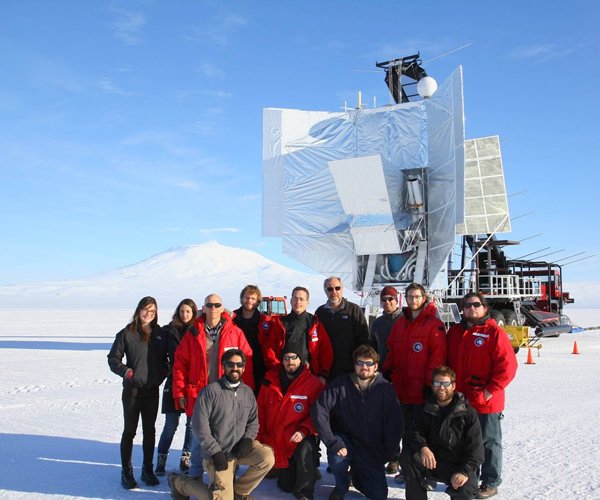
Graduate Studies
The Physics Graduate Program offers students innovative educational and research opportunities with world renowned faculty.
Program Overview
Our graduate program offers students the opportunity to work at the cutting edge of contemporary research. The program is large enough (about 180 students) to provide varied opportunities for research and networking, while maintaining an active graduate student community. Students also like Minnesota because of the opportunities provided by the large, diverse university, and the vibrant metropolitan area.
Our graduate program starts with coursework in classical mechanics, electricity and magnetism, quantum physics, and thermal/statistical physics. In addition, some students study mathematical physics or general relativity, while others start an intermediate exploration of a subfield such as elementary particle physics or condensed matter physics. A few students, with prior preparation, proceed directly to advanced courses at the very beginning of the program. Others fill in gaps in their undergraduate programs by taking a few senior undergraduate classes.
Faculty in our graduate program lead or are active in a number of interdisciplinary initiatives and centers on campus, as well as in large international collaborations. Examples of the former include our own Nanofabrication and Characterization facility, the Materials Research Science and Engineering Center, or the Minnesota Supercomputing Institute. Or your research with us can take you to CERN in Switzerland, the South Pole to study the Cosmic Microwave Background, to underground mines in Minnesota looking for neutrinos, or to NASA to develop and participate in rocket missions to probe outer space. One unique aspect of the graduate program in physics at the University of Minnesota is the breadth of our graduate faculty. It includes not only about 60 faculty members in the School of Physics, but also affiliate graduate faculty in Biochemistry, Biophysics, Chemical Engineering and Materials Science, Chemistry, Electrical Engineering and Mechanical Engineering, or in History of Physics. They hold graduate faculty appointments in physics and can direct the doctoral research of physics graduate students.

Graduate Student Resources
Ph.D. Program
If you want to develop into an independent researcher leading to a professional career in industry, national laboratories, or other universities, a Ph.D. is the best route. While you are working on your Ph.D. you will go from learning in a classroom all the way to developing your own research. You will participate in leading edge physics research, have the opportunity to attend and present your work at conferences, and write papers for peer reviewed journals. It is a time to move from answering questions given by others right into asking your own questions, and finding your own, novel solutions.
Virtually all of our students are supported as research and teaching assistants or with fellowships. In addition to tuition, the assistantship will provide you with a stipend, as well as health insurance, and other benefits. Teaching assistants teach undergraduate students by leading discussion sections, and running laboratory sections. Research assistants devote their full time to research.
Much of your time as a physics graduate student will be spent doing research under the supervision of a faculty adviser who will help you set the overall goals for your Ph.D. dissertation. Your adviser will help you ask the smaller questions, and find answers to accomplish the larger goals. The adviser will also evaluate you to make sure you are on the right path towards the degree. However, one of your major goals as a Ph.D. student is to become progressively more and more independent from your adviser as you move through the program.
Our students typically spend five to six years of full time study beyond the B.S. or B.A. in physics until completion of our program.
Looking for Astronomy or Astrophysics? Go to the MIFA graduate admissions page.